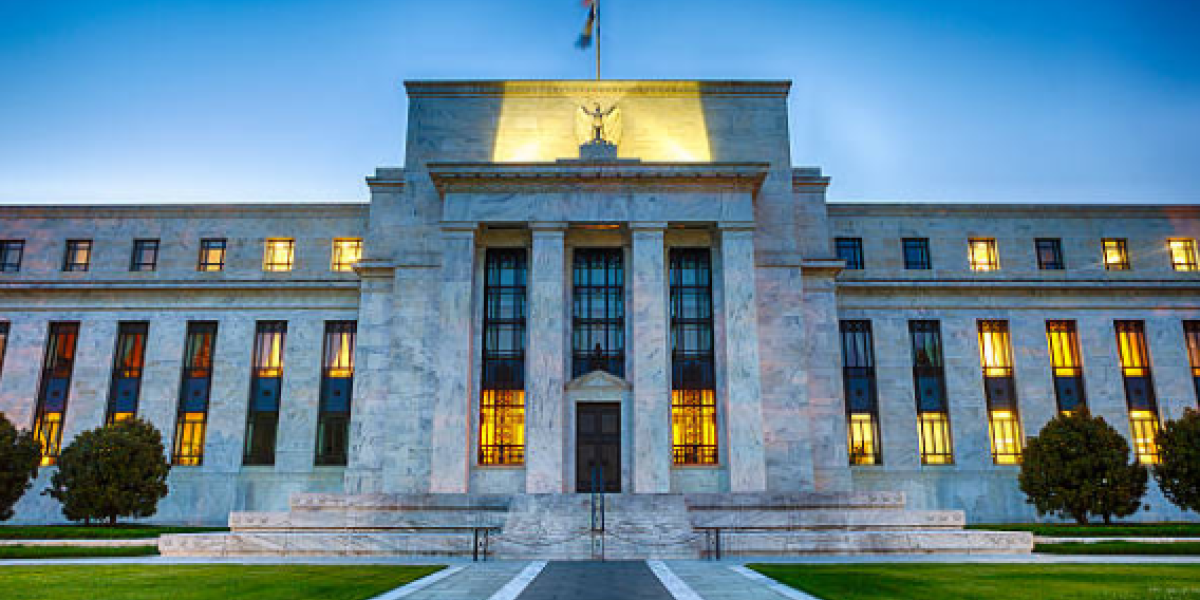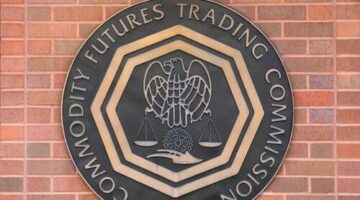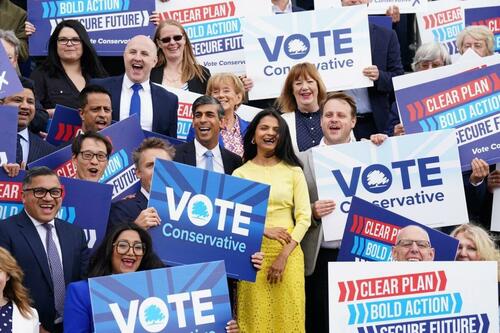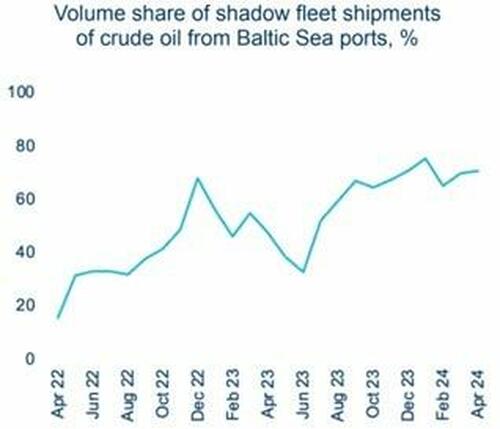
Only the Federal Reserve Can Cause Inflation
During election years, incumbent presidents are routinely blamed for every societal ill during the previous four years. And almost nothing is riper for the picking than a significant rise in consumer prices. According to the Bureau of Labor Statistics (BLS), prices are currently increasing at a rate of 3 percent year over year and peaked at 8 percent during President Biden’s term in 2022.
That is significantly higher “inflation,” as the BLS defines it, than American consumers have experienced in decades. But as economically harmful as many of President Biden’s policies may have been, no president can cause prices in general to rise. Neither can Congress or “greedy corporations.”
Incidentally, “inflation” as an economic term originally meant the creation of new money and credit, not rising prices. Those wishing to confuse the public on which is the cause and which the effect has gradually redefined inflation as rising prices. Check any hard copy Merriam-Webster dictionary printed in the 20th century and see for yourself.
Only the Federal Reserve can cause a general rise in prices and only when it creates new US dollars that didn’t previously exist (inflation).
To further deflect the blame for rising prices away from the culprit, the public is constantly given other reasons for this phenomenon. Each one of them can be eliminated using a priori reasoning.
For example, energy policy is often blamed. President Biden restricted drilling on federal land and canceled the permits for multiple oil pipelines, thus decreasing the supply of oil.
Decreasing the supply of oil and gasoline causes their prices to rise. But without the creation of new money, it must necessarily reduce demand for everything else.
Consider a simple model. There is a total of $100 in the entire economy; $50 is currently being spent on Commodity A and $50 on Commodity B. If the price of A were to increase by 20 percent, then purchasing the same units of A would cost $60. That would leave only $40 with which to purchase B.
The economic actors in this imaginary economy could purchase less of A, less of B, or less of both. But they could not go one purchasing the same amounts of both goods because there are not enough dollars in the economy to make that possible.
If they do not reduce their demand for A at the higher price, they will necessarily reduce their demand for B and the price of B will fall. If they reduce their demand for A, the price of A will fall. If they reduce their demand for both A and B, the prices of both A and B will fall.
While it is true that the US economy is far more complex than this, the same principle still holds. Without the creation of new dollars, the increase in price of one or more products must be offset by a reduction in demand and therefore the price of others.
Assume the US economy is producing $30 trillion GDP per year and spends $6 trillion per year on oil and gasoline and $24 trillion on everything else. If government policy causes the cost of oil and gasoline to rise to $7 trillion per year, the economy can no longer continue spending $24 trillion on everything else because it will run out of dollars when the $30 trillionth dollar is spent.
Now, in reality, a rise in the price of oil and gasoline will necessarily reduce the quantity demanded for oil and gasoline as some spending on these is discretionary. But this doesn’t change the dynamic. It merely means the upward pressure on the price of oil and gasoline is muted a bit as is the downward pressure on the price of everything else.
“But wait,” some will argue, “higher oil and gas prices also raise the price of myriad other products, since they are all delivered to market using oil or gasoline.” This argument faces the same problem. The economy can only spend the dollars that currently exist. No matter how many different products are made more expensive by government policies, demand is limited to the existing dollars.
For the increased price of one or many products not to be offset by reduced demand for others, new dollars must enter the economy. This is the only way it is possible to spend more on A and go on spending the same or more on everything else.
New dollars can only be created permanently by the Federal Reserve. The reason prices have steadily risen over the past 111 years is because the Fed has constantly increased the supply of dollars over that period.
The reason prices rose so much more over the past four years than they had previously is the Federal Reserve created far more dollars in the past four years than it has on average during the past century.
One can verify this either by looking at the Fed’s balance sheet or the monetary base. Both are slightly different yardsticks for measuring the amount of new money created by the Fed. They both show massive increases over historical trends beginning in 2020.
It is true that commercial banks can increase the money supply due to fractional reserve policies. Because they can simultaneously lend out deposits and keep them available on demand for depositors, they create new money with each new loan. However, this ability is limited and ultimately requires new base money from the Fed to avoid reaching an equilibrium level.
There are several other arguments made for the cause of general price level increases that all suffer from the same problem as our example above.
One is that excessive government spending itself causes price increases. But while government spending often creates the conditions for new money creation by the Fed, it does not directly cause general price increases. Any money the government takes from taxpayers necessarily reduces their purchasing power and offsets the spending by the government.
Similarly, when the government borrows existing dollars from lenders, it necessarily reduces the purchasing power of the lenders.
It is only when the government borrows the money from the Fed, meaning the Fed buys government bonds with newly created dollars, that the government can spend more money without reducing the purchasing power of others.
By signing the CARES ACT and other Covid relief spending, President Trump authorized expenditures far beyond what the government could borrow from lenders of existing dollars. So, the Fed created trillions in new dollars to underwrite the difference.
President Biden also signed into law trillions more in excess government spending on the ironically named “Inflation Reduction Act” and other programs. Again, the Fed made the additional spending possible by buying government bonds with newly created dollars.
Trump and Biden’s spending created reasons for the Fed to inflate the currency, but it was the currency inflation and not the spending that caused the subsequent general rise in prices.
Rising prices have also been blamed on “supply shocks” due to the Covid lockdowns. By shutting down a huge percentage of businesses in the economy, the government drastically reduced the overall supply of goods and services. With lower supply, says this argument, comes increased prices, all things being equal.
But all things were not equal. Had the government merely prevented people from working, it wouldn’t have merely been supply that decreased but demand as well. As much as the Keynesians would like to ignore him, Monsieur Say was correct. People producing nothing would have no means to go on consuming.
They were only able to do so because the government paid them not to work. And they weren’t paid with existing dollars that would have reduced the demand of whoever provided them. They were sent newly created dollars to replace their lost wages.
Probably no argument for the cause of higher prices is more absurd than “corporate greed.” Politicians resort to this argument to deflect blame. But no matter how greedy corporations are or become, they have no power to increase general price levels.
First, every corporation always seeks maximum profit. If this is greed, then corporations are always greedy. There would be no reason for them to suddenly become greedier just at the moment when consumer prices are rising. On the contrary, corporations generally compete by trying to lower their prices to undercut competitors.
But even if corporations did suddenly all decide at once, through coincidence or collusion, to raise their prices at the same time, this could not cause prices in general to rise. It would merely force consumers to make different decisions on what they purchase and what they do not. Consumers would pay the higher prices for those products most important to them, then the next important, and so on until they ran out of money. They would forgo those items lower on their value scales they could no longer afford, putting downward pressure on the prices of those products.
There are many other non-monetary arguments made for what is commonly called “inflation,” but they all fail for the same reasons as those analyzed here. There is no way to increase the price of one product without a corresponding fall in the demand for others unless new dollars are added to the economy. It’s the Fed, stupid.
Originally Posted at https://mises.org/
Stay Updated with news.freeptomaineradio.com’s Daily Newsletter
Stay informed! Subscribe to our daily newsletter to receive updates on our latest blog posts directly in your inbox. Don’t let important information get buried by big tech.
Current subscribers:








